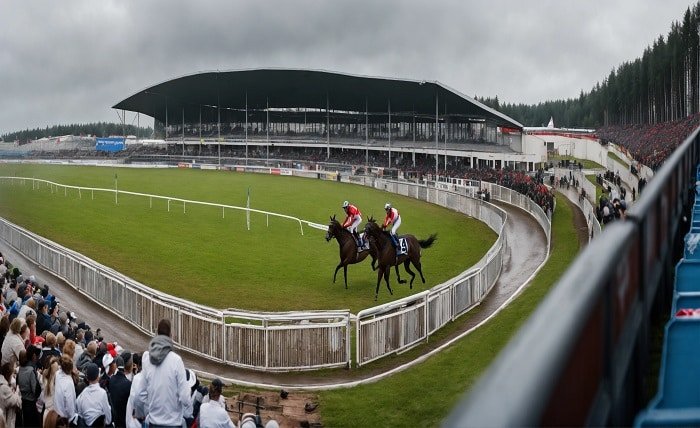Jephte Turf: A Comprehensive Guide

Introduction
Jephte turf is a revolutionary type of artificial grass that combines aesthetics with functionality, providing a durable and eco-friendly alternative to traditional lawns. This blog post explores the numerous benefits and applications of Jephte turf, from residential gardens to public spaces.
The Origins of Jephte Turf
Developed from a blend of synthetic materials, Jephte turf was created to mimic the natural appearance and feel of real grass. This section delves into the history of its development and the innovative technology behind it, highlighting its advantages over conventional options.
Environmental Impact of Jephte Turf
Jephte turf offers significant environmental benefits, such as reduced water usage and minimal need for chemical treatments. Here, we examine the positive effects of Jephte turf on the environment, alongside addressing common concerns regarding its ecological footprint.
Installation Process
Installing Jephte turf requires specific steps to ensure longevity and performance. This part of the post guides readers through the installation process, from ground preparation to the laying down of the turf, ensuring that every Jephte turf surface meets the highest standards.
Maintenance and Care
Contrary to natural grass, Jephte turf requires minimal maintenance. This section provides tips on how to care for Jephte turf, including cleaning techniques and schedule, to keep it looking pristine all year round.
Aesthetic Appeal
One of the most appealing aspects of Jephte turf is its aesthetic versatility. This segment explores the various ways Jephte turf can enhance the visual appeal of any space, making it a preferred choice for designers and homeowners alike.
Durability and Longevity
Jephte turf is renowned for its durability. This portion of the post discusses how Jephte turf withstands various weather conditions, heavy foot traffic, and other wear and tear factors, making it an ideal choice for high-use areas.
Cost Analysis
Investing in Jephte turf can be cost-effective in the long run. Here, we break down the initial costs versus ongoing maintenance savings, providing a comprehensive cost-benefit analysis for potential users of Jephte turf.
Common Uses of Jephte Turf
Jephte turf is versatile and can be used in various settings, from sports fields to residential backyards. This section highlights different applications of Jephte turf, illustrating its flexibility and utility.
Comparing Jephte Turf to Natural Grass
While Jephte turf offers many benefits, it’s important to compare it directly to natural grass. In this part, we discuss the pros and cons of Jephte turf versus traditional grass, aiding readers in making an informed decision.
Innovations and Future Trends
The future of Jephte turf looks promising with ongoing advancements and innovations. This final section before the conclusion discusses upcoming trends in the Jephte turf industry, including new materials and technologies that could enhance its performance and sustainability.
Conclusion
Choosing Jephte turf means opting for a sustainable, beautiful, and low-maintenance alternative to natural grass. Whether for a home, business, or public area, Jephte turf offers numerous advantages that make it a smart choice for many.
FAQs
Q1: How long does Jephte turf last? A1: With proper care, Jephte turf can last anywhere from 15 to 25 years, depending on the level of foot traffic and exposure to weather elements.
Q2: Is Jephte turf safe for pets and children? A2: Yes, Jephte turf is made from non-toxic materials, making it safe for both pets and children to play on.
Q3: Can Jephte turf be recycled? A3: Yes, Jephte turf is designed to be fully recyclable, aligning with environmental sustainability efforts.
Q4: Does Jephte turf help in saving water? A4: Absolutely, Jephte turf requires no watering, thus saving a significant amount of water compared to natural grass lawns.
Q5: Is Jephte turf suitable for all climates? A5: Jephte turf is highly adaptable and can be installed in a variety of climates, from cold to tropical environments.





